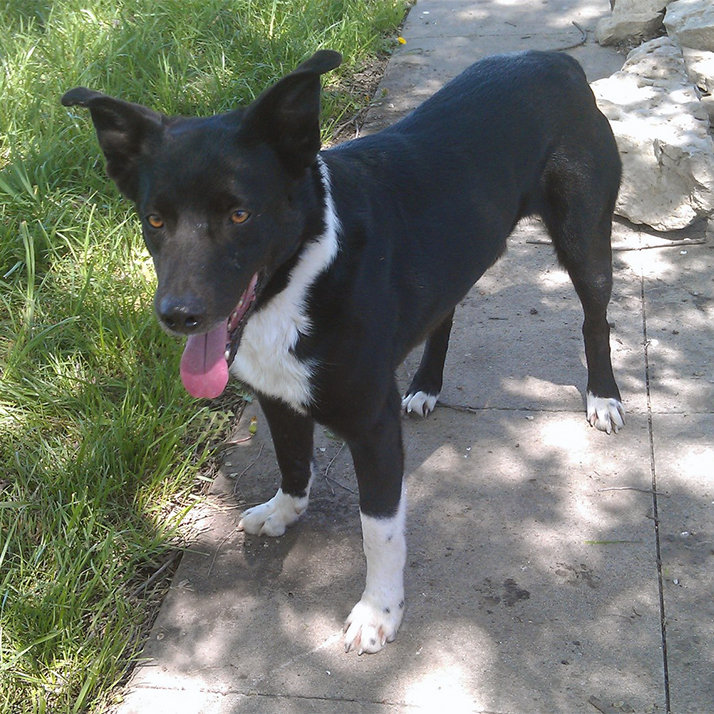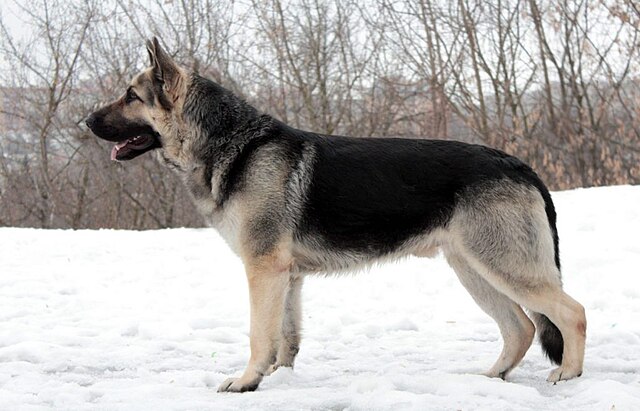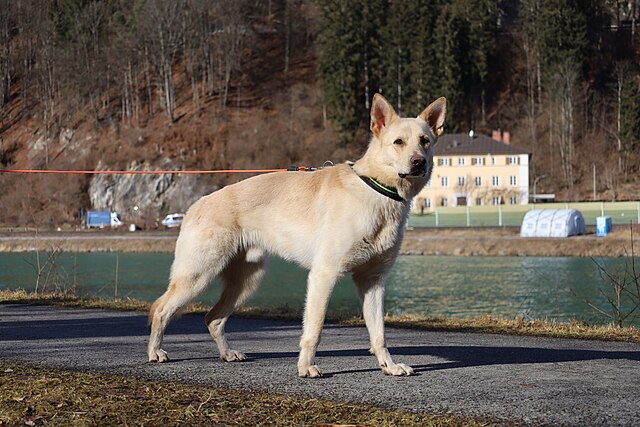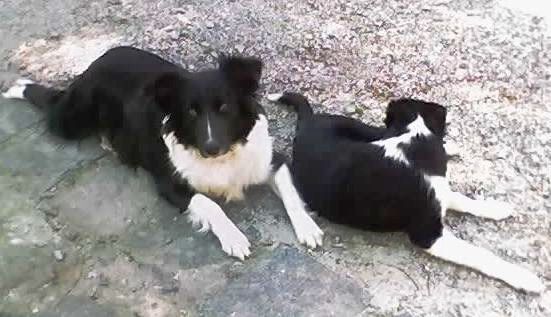The McNab Shepherd began to be developed in the late 1800’s by Alexander McNab and is still in development today. This herding breed was originally a California creation, cultivated to work in the specifically rough terrain of the region – including burrs, heat and rocky landscapes. Originally more of a “hidden gem” of a dog, popularity began to rise in other parts of the country when word of this breeds’ work ethic and herding prowess began to spread! The breed can work independently on cattle without much help from a farmer, and does so with a loose eye and boundless agility. They are able to work stock from any angle, for hours at a time, and can herd any type of animal. They are even known for covering over a hundred miles a day while working stock!
The McNab is a breed that knows what he wants and can be obstinate about getting it! As such, he needs regular training with an experienced owner that understands how to be firm, yet fair. There is an assertive, dominant nature in many McNabs that requires the same amount of assertiveness and leadership abilities in an owner. This isn’t a “get and forget” type dog (not that any breed is). This is an intelligent dog that needs regular training, work, and attention! He picks up training very quickly and will require daily mental stimulation – enough that will keep him challenged day-to-day. Luckily this talented dog excels in a variety of jobs and can be trained in any number of dog sports and/or activities! McNabs have been used for hunting, as therapy dogs, as police dogs, and of course for herding. They can also compete in sports such as agility, flyball, frisbee, dock diving, lure coursing, scentwork, tracking and obedience.
McNabs tend to get along with everyone in the family, including pets of all species. They can form tight bonds with both people and animals. That said, some McNab Shepherds can be particularly persistent and determined when it comes to keeping unwelcome guests off the property. They have a territorial streak which might take some owners by surprise, as they are usually sensitive and docile toward those whom they know. Take note – the breed can be an effective watch dog when they feel something is “off”! As long as a person is welcome into the home, however, most members of the breed are overjoyed to meet a new friend. In most circumstances this is a very people-oriented dog.
McNab Shepherds are very affectionate with their owners and like to stay close whenever possible. They aren’t prone to wandering. With their love of playing and engaging in games, they are perfect for active people who enjoy spending quality outside time with their dog. Although high-energy, they don’t tend to be hyperactive and obnoxious. McNabs also love to play with other dogs although can be prone to herding these other canines which may or may not be seen as rude behavior.
McNabs need daily physical exercise to keep them physically sound and mentally happy. They are very active dogs that need plenty of outlets for this high energy! Without these regular exercise sessions they can develop behavior problems. There is a wide variation of sizes in this breed – McNabs can be rather small or slightly large (although never overpoweringly so) – so a prospective owner should keep this in mind while calculating if this breed will fit into their lifestyle. While neither size will work out well in an apartment, a particular size may be a little easier to transport to the hiking trail (for example). Talking to the breeder can help an owner decide what size the puppies may grow into. Whatever the size, however, they’ll all have boundless energy!
As the McNab is still in development, appearance can vary quite considerably overall. The coat is “moderately short and smooth”, with some dogs having slight feathering on the ears and hind legs. Color can be either solid-colored, bi-colored, or tricolored of either black, red and/or blonde in any combination but often with white. Ears can be either drop, semi-erect or prick, and mismatched ears are also seen and allowed. The tail can either be long or short – the latter either naturally or docked at birth. The breed is not recognized by any of the major registries and so while they do have a standard, they are not uniform as a breed at this time. Make no mistake, however – this is a true breed that can even be identified by DNA! It is just mainly bred for performance and natural abilities more than “just for looks”.




